By chance we had discovered a hiking route leading along a historic road connecting the East with the West of Norway. This route is called Kongevegen (King’s Road) and leads over the mountainous Filefjell from Laerdal to Valdres.
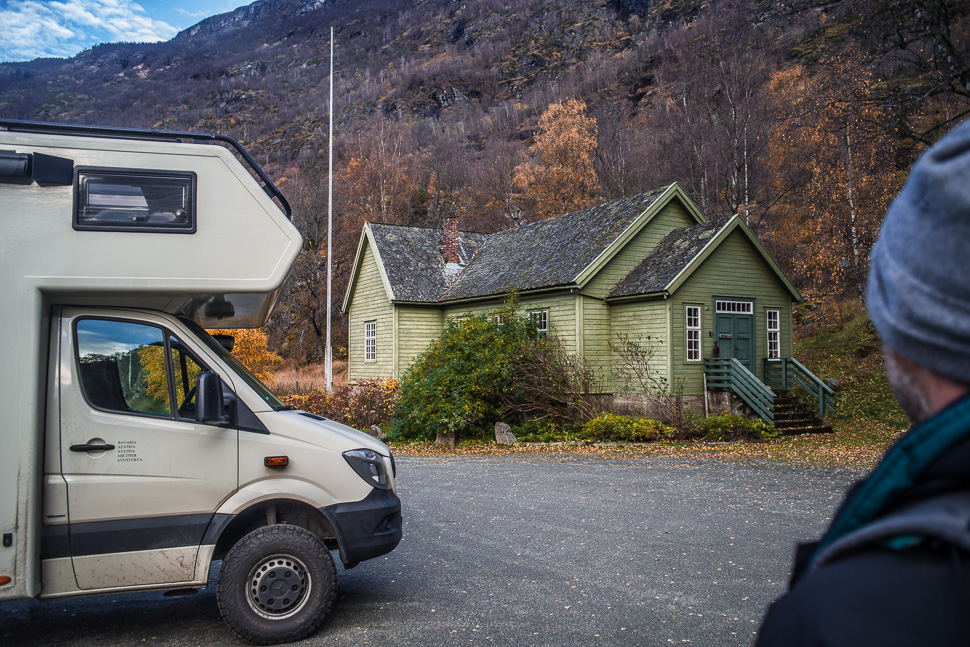
Already in the evening we managed to walk along this old road in the Galdane section. The next day we went on a circular route over the most amazing part in Vindhella, reaching the stave church of Borgund again.








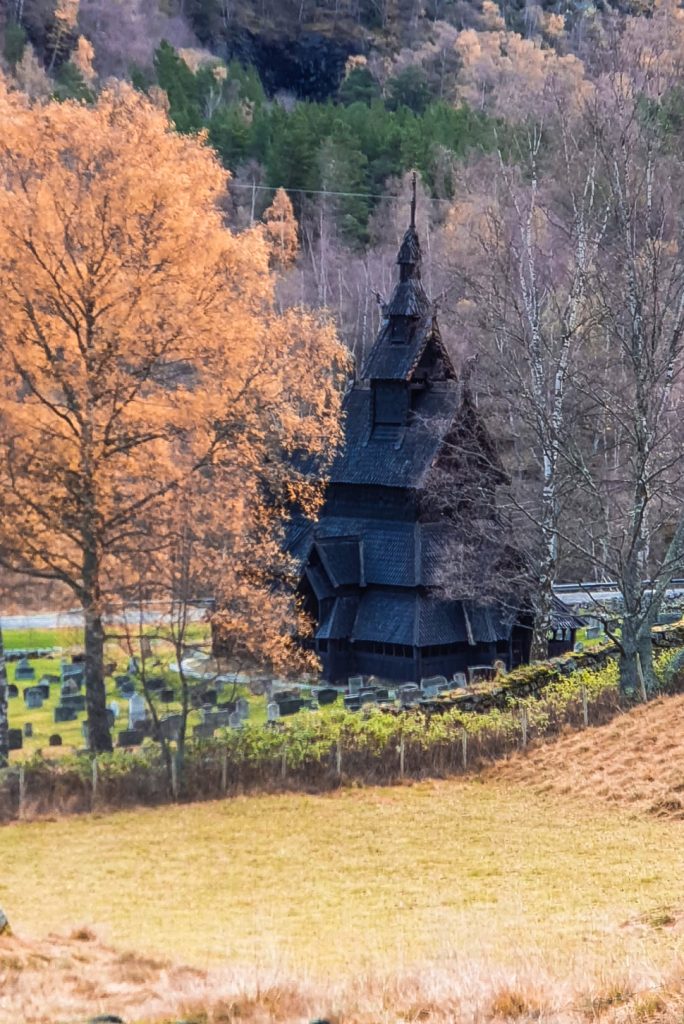

Borgund Stave Church was built sometime between 1180 and 1250 AD with later additions and restorations. Its walls are formed by vertical wooden boards, or staves, hence the name “stave church.” On the gables of the roof, there are four carved dragon heads, swooping from the carved roof ridge crests, recalling the dragon heads found on the prows of Scandinavian longships.
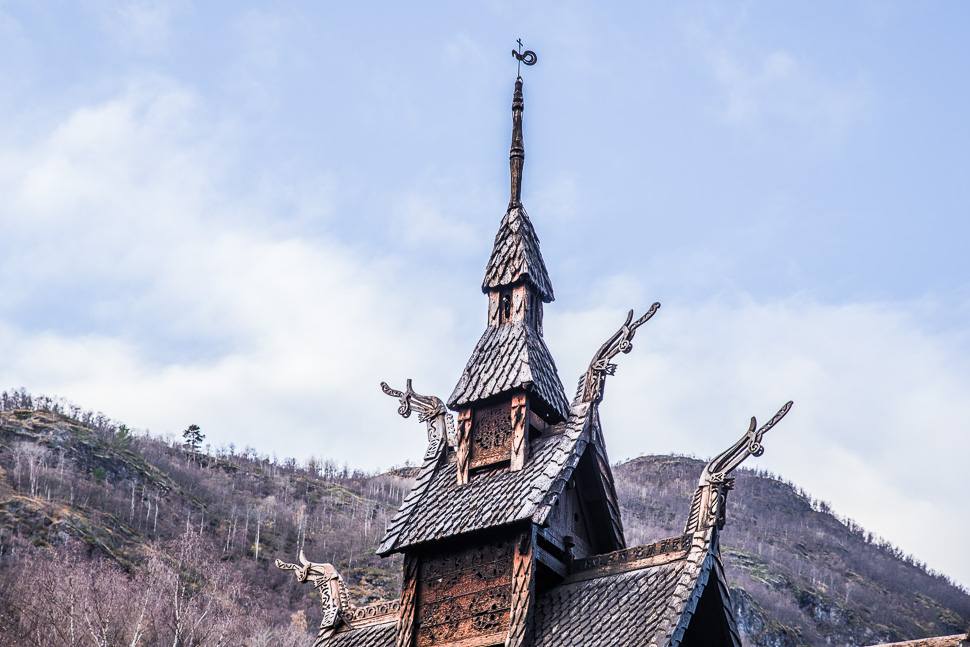
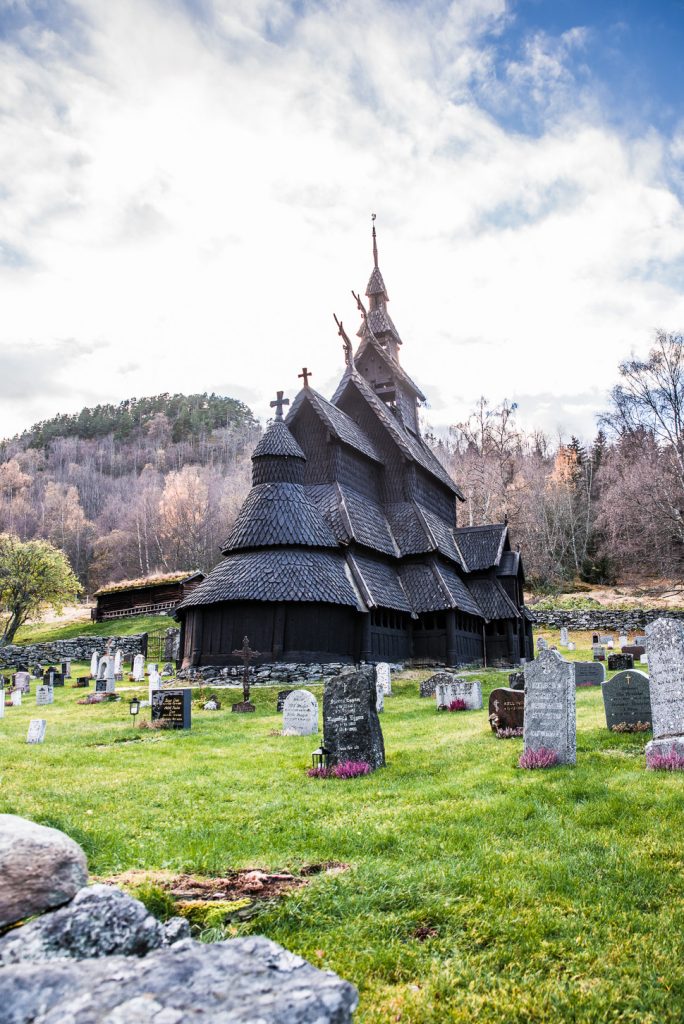


The hike took us over sheep pastures and past old farm houses before we descended into the valley again on another old route called “Sverrestigen”, which I would translate to “difficult ladder”. We later understood why they built a different road.


From Laerdal we wanted to take the route over the mountains to the Aurlandsfjord, but it was already closed. The rain of the last night for sure had added some snow in the mountains. Instead we had to drive through a 25km long tunnel! But when we reached Aurlandsvangen we were able to climb the steep side of the fjord (with our caravan) to the Stegastein viewpoint!



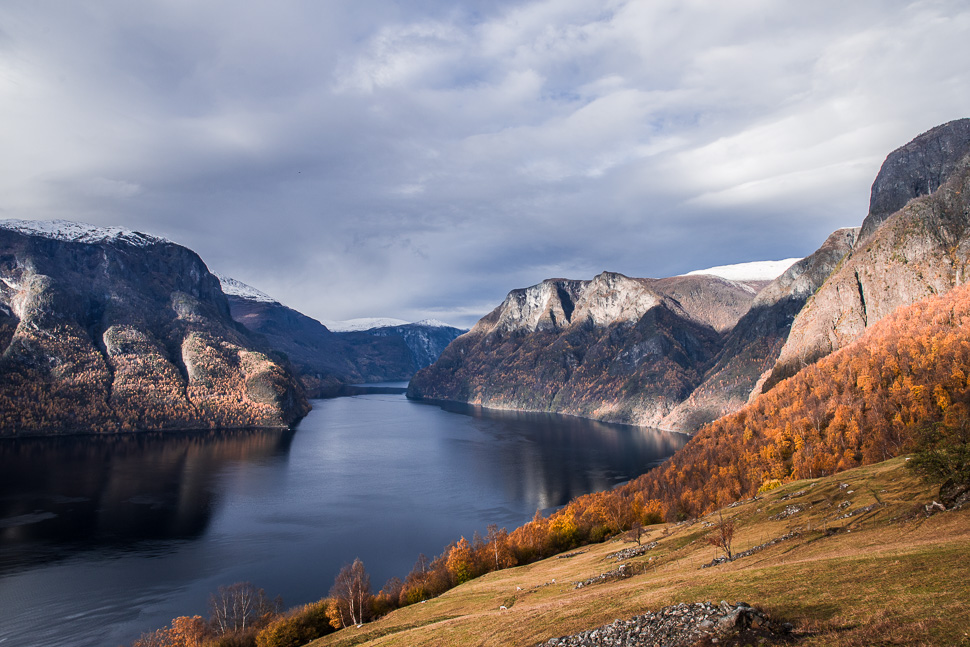



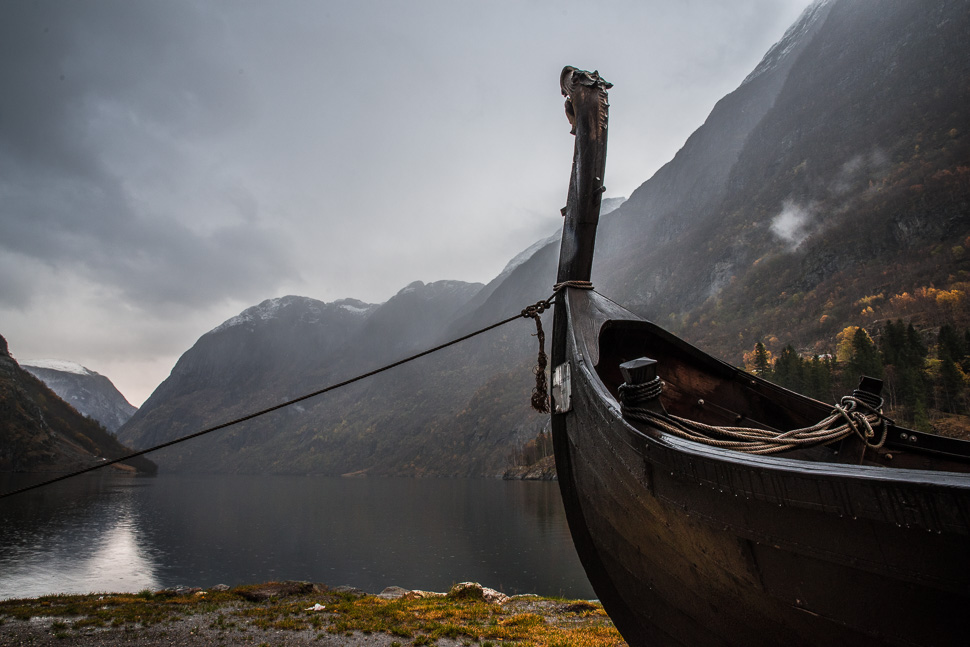
We were now on the way to Bergen, using the rainy afternoon to drive to the coast. As in most cities it is difficult to find a free parking for a caravan in town, so we stopped at the IKEA north of Bergen, spending the night there, before we will go and explore the historic city centre – more on our next post!
